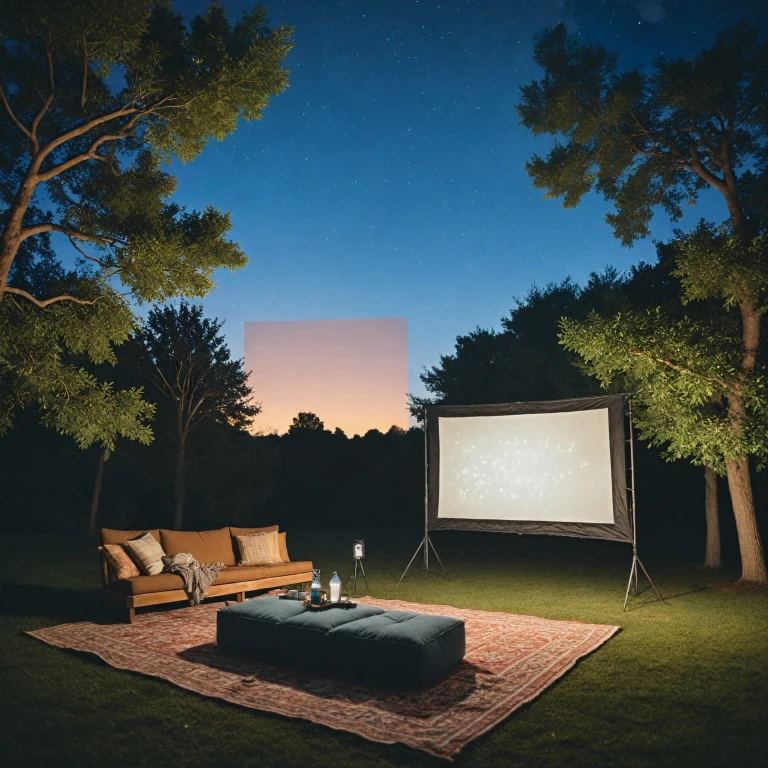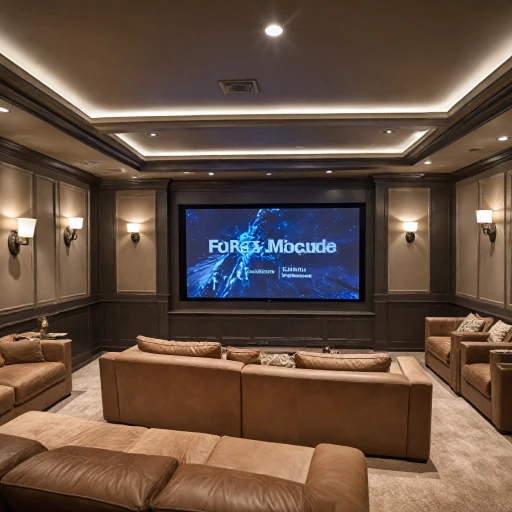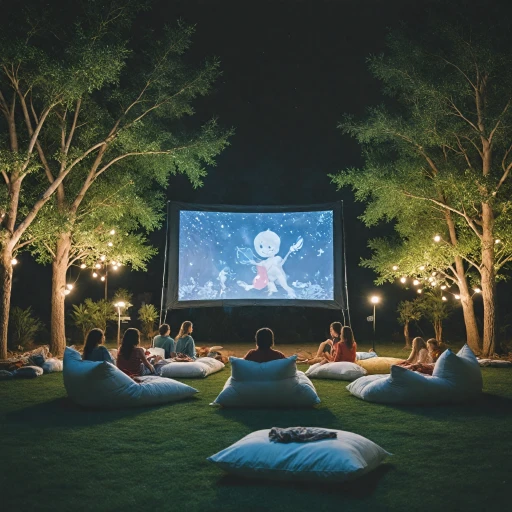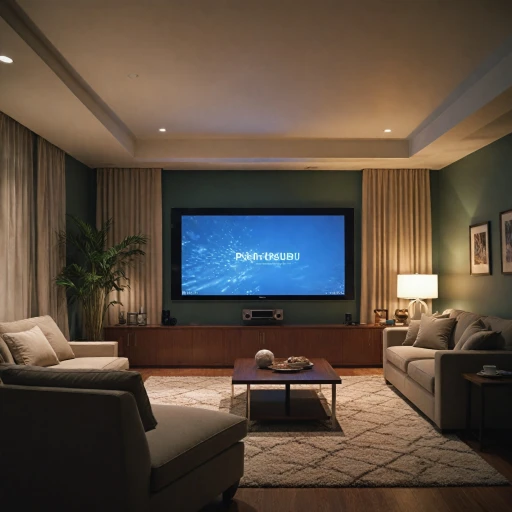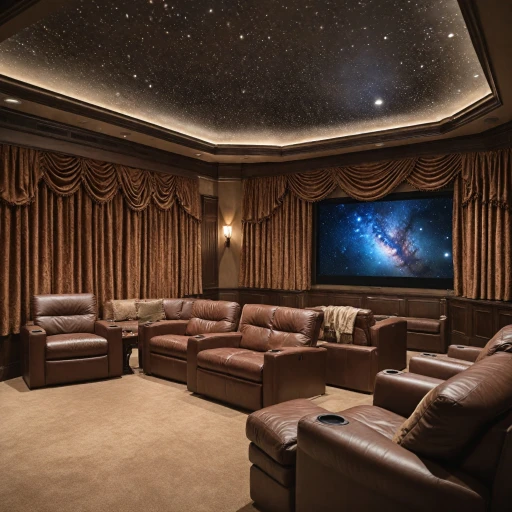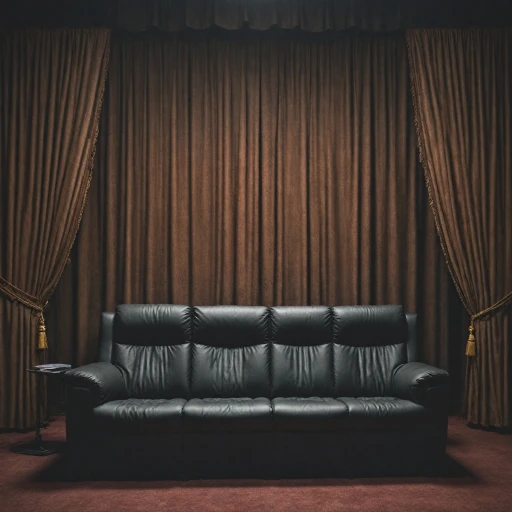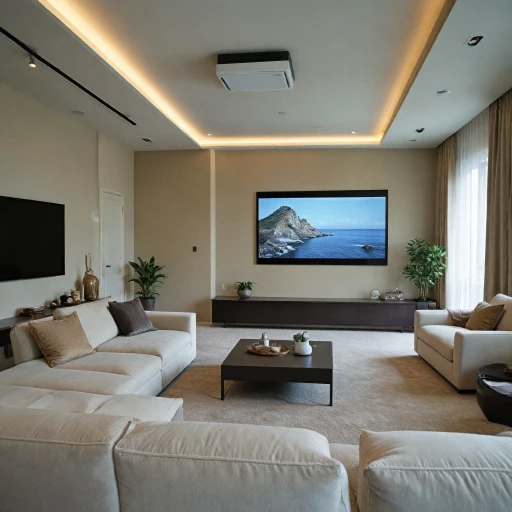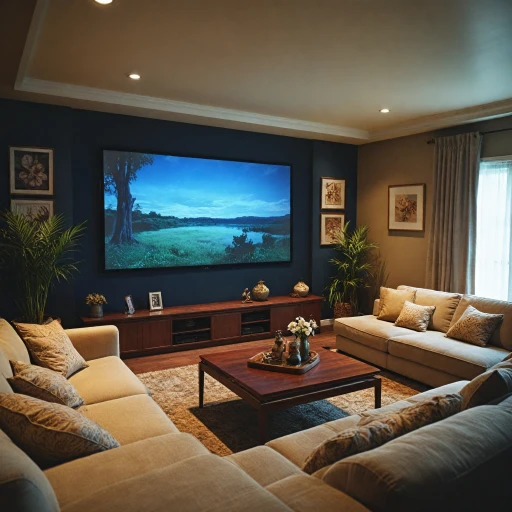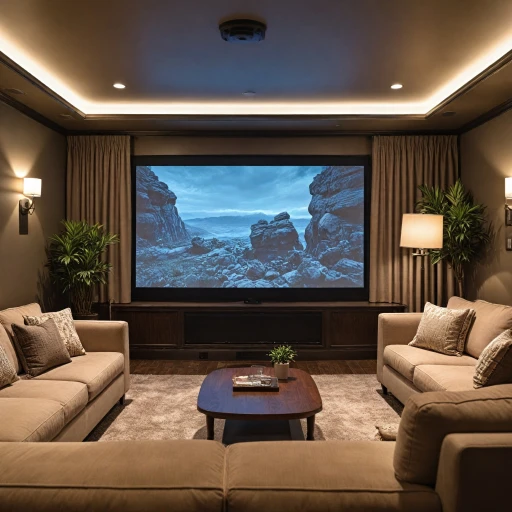Understanding Portable Projector Screens
Exploring the Benefits of Portable Projector Screens
As the demand for home theater experiences continues to rise, the use of a portable projector screen has become an essential element for many. Not only do these screens provide the flexibility to move and adjust your setup according to your unique space and occasion, but they also ensure that the projection is crisp and clear. Whether you're utilizing a portable projector for a laid-back movie night or a professional presentation, understanding portable screens will help you to maximize their benefits effectively.
Portable projector screens come in various sizes and formats to cater to different projection needs. Whether mounted on a tripod projector stand or flexible enough to be used both outdoors and indoors, these screens offer versatility unmatched by permanent installations. From fixed frame models to wireless options, users can choose the ideal screen in accordance with their viewing environment.
The portability of these screens also means that you can enjoy a cinema-like experience anywhere you choose. While some models come with a carpeted case for easy transport, others are lightweight, making them ideal for outdoor projector use. With brands like Draper and Elite offering competitive prices, investing in a portable screen can be both affordable and practical for your home theater ambitions.
For more insights on how to choose the right screen setup, check out this comprehensive guide that delves into the benefits of different projector screen mounts.
Choosing the Right Screen Material
Factors to Consider When Selecting Screen Material
Choosing the right screen material is crucial for optimizing your home theater experience. The material you select can significantly impact the quality of the projection, affecting brightness, color accuracy, and viewing angles. Here are some key factors to consider:
- Screen Gain: This measures the reflectivity of the screen surface. A higher gain can enhance brightness, making it ideal for rooms with ambient light. However, a lower gain is often preferred for darker environments to maintain color fidelity.
- Material Type: Common options include matte white, which offers balanced performance for most settings, and specialized materials like acoustically transparent screens that allow sound to pass through without distortion. Consider your room setup and projector type when selecting the material.
- Durability: If you're planning to use your portable projector screen outdoors, opt for materials that are resistant to weather conditions. Some screens come with a carpeted case for added protection during transport.
- Flexibility: For those who frequently move their setup, a lightweight and foldable screen with a tripod projector stand might be more convenient. Ensure the material is wrinkle-resistant to maintain a smooth projection surface.
For a deeper dive into the intricacies of screen materials and how they affect your viewing experience, you might find this guide on floor-mounted projector screens helpful.
Brand and Product Considerations
Several brands offer a range of projector screens, each with unique features and price points. Consider the following:
- Elite Screens: Known for their high-quality materials and innovative designs, Elite offers a variety of screens suitable for both indoor and outdoor use.
- Draper: This brand provides durable and reliable screens, often featuring advanced technology for enhanced viewing. Check for the price Draper offers to ensure it fits your budget.
- Wireless Options: Some modern screens come with wireless capabilities, allowing for seamless integration with projectors and other devices.
Ultimately, the right screen material and brand will depend on your specific needs, including the type of projector you have, the environment in which you plan to use it, and your budget. By considering these factors, you can make an informed decision that enhances your home theater setup.
The Importance of a Sturdy Stand
The Foundation for Your Viewing Experience
When setting up a home theater with a portable projector screen, ensuring that your screen remains sturdy and stable is crucial. A well-chosen stand acts as the backbone of your projection setup and helps you achieve a captivating cinema experience right in your living room.
There are several options available when it comes to selecting a stand for your projector screen. From tripod projector models to those designed for wall or ceiling mounts, each option has its strengths. For instance, a tripod projector stand offers flexibility and ease of setup, which aligns well with a portable screen. Meanwhile, wall ceiling mounts can offer a clean, integrated look if a more permanent setup is desired.
When considering your options, assess the price, durability, and compatibility with your projection equipment. Options like the Draper or Elite series are highly regarded in the market for being reliable choices. The stand should complement the screen's design, whether you opt for a fixed frame, wireless setup, or even a carpeted case finish.
Finally, remember that the environment of your home theater impacts the choice of stand. If you envision using the projector for outdoor movie nights, opt for stands that can withstand the elements and offer a secure hold on most surfaces. A white matte screen surface with a sturdy stand underlines the effectiveness of front projections.
Investing in a high-quality stand is not merely about avoiding accidents; it's a way to enhance the stability of your setup, leading to a more immersive viewing experience.
Setting Up Your Portable Screen and Stand
Properly Setting Up Your Portable Screen and Stand
Optimizing your viewing experience with a projector screen involves meticulous setup of both the screen and its stand. Whether you're using a tripod projector stand or a floor-mounted option, achieving stability and visual clarity is key. Here’s how you can effectively set up your equipment.
Positioning Your Screen
- Location: Choose a spot away from direct light sources. Ambient light can hinder the viewability and vibrancy of your projection.
- Height: Position the screen so that the center is at eye level for seated viewers, typically around eight feet from the ground.
- Orientation: Ensure your screen is set at a direct angle with the projector to prevent image distortion.
Setting Up The Stand
- Stability: Securely extend the legs of your stand; adjust them for uneven surfaces to prevent tipping, advantageous for outdoor settings.
- Attachment: For screens with wall or ceiling mounts, ensure all fixings and attachments are solid and in place.
- Portability: If you have a carpeted case, make sure the screen retracts and stores properly for easy transport and storage.
Fine-Tuning Your Projection
Place your projector approximately 1.5 to 2.5 times the width of your screen away, ideal for a front projection setup. Adjust the focus to ensure a crisp and clear image. Align your projection in sync with the screen dimensions, avoiding overspill.
Considering Extra Features
Explore screens like those offered by elite or draper, which may come with additional features such as matte white finishes that enhance color contrast. Wireless projectors can offer flexibility and eliminate the clutter of wires, streamlining setup. Check the sale price to ensure it fits within your budget.
With these tips in mind, your setup will be not only efficient but also highly effective, elevating your home theater experience.
Maintenance and Care Tips
Preserving Your Projection Perfection
Maintaining your portable projector screen and stand is not just about extending their lifespan, but also ensuring that you always get the best viewing experience whenever you set up your screen. Here are some key tips to keep your cinema screen and associated equipment in top-notch condition.- Regular Cleaning: Dust and debris can accumulate on your screen surface and affect the quality of the projected image. Gently clean the projection screen with a soft, damp cloth using mild soap if necessary. Avoid using harsh chemicals that can damage the screen material, particularly if you have a matte white or other specialized surface.
- Proper Storage: When not in use, store your portable projector screen in a dedicated space to protect it from accidental damage. Many products come with a carpeted case, which is ideal for safeguarding the screen against dirt and scratches.
- Regular Inspections: Periodically check all parts of your screen stand, including any tripod or wall-ceiling mounts, for signs of wear and tear. Ensure all bolts and connections are tight and secure to prevent any unfortunate accident during a live viewing.
- Environment Control: Keep your setup away from extreme temperatures and high humidity areas, which can warp the screen or corrode metallic parts of the stand. An indoor area with controlled temperature is ideal, though portable screens are often designed to withstand some degree of outdoor setup.
- Awareness of Usage Frequency: If you find that your screen sees heavy usage, consider scheduling more frequent maintenance sessions, or even contacting tech support from the manufacturer, like Draper or Elite, for advice specific to your model.
- Handling Caution: Take care when setting up and dismantling your portable projector screen. Avoid forcing parts together or taking shortcuts in assembly, especially with more delicate models in higher price ranges.
Maximizing Your Home Theater Experience
Tips for Optimizing Your Home Theater Setup
Achieving the ultimate home theater experience with your projector and portable screen goes beyond the basic setup. To fully immerse yourself in a cinema-like ambiance, consider these tips:- Control Ambient Light: Ensure that the room is as dark as possible for the best projection quality. Using blackout curtains or shades can help control excess light.
- Proper Projector Positioning: Align your projector with the center of your screen to prevent image distortion. A tripod projector stand can offer adjustable height options.
- Sound Enhancements: While the visual aspect is crucial, don't overlook sound. Investing in a good speaker system can significantly enhance your setup.
- Regular Maintenance: Regularly clean your projector lens and screen surface to ensure images are sharp and clear. Maintaining a schedule will prevent buildup that can affect image quality.
- Utilize Matte White Surfaces: When choosing screen materials, matte white options like those from the Draper or Elite series provide excellent light reflection. They are perfect for front projection setups and can improve image clarity and color reproduction.
- Maximize Space and Versatility: If you have a smaller space, consider a projector screen with a portable stand for flexibility in placement. An outdoor projector can also offer versatility for outdoor cinema nights.
